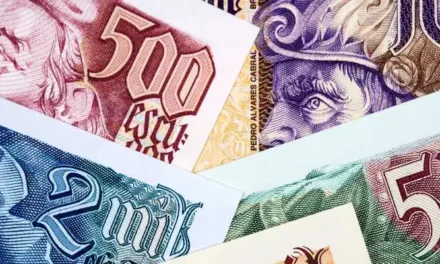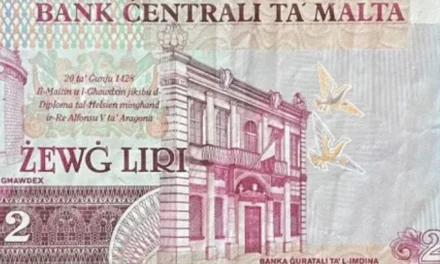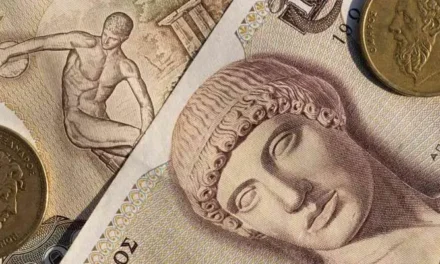Delve into the captivating world of Dutch currency as we unravel the story behind the monetary systems that shaped the Netherlands before the advent of the euro.
Join us on a historical journey, banknotes and coins designs and value to uncover the fascinating evolution of Dutch currency.
The Dutch Guilder: A Currency Steeped in History
Prior to the introduction of the euro in 2002, the official currency of the Netherlands was the Dutch guilder, known as the “gulden” in Dutch. Originating in 1252, the guilder reigned as the national currency for an impressive span of over 750 years.
Throughout its rich history, the guilder underwent several notable transformations, including changes in design and denomination.
- Before 1680, different types of money were used in different regions of the Netherlands. Some examples include the Brabantse gulden, the Vlaamse leeuwendaalder, and the Hollandse leeuwendaalder.
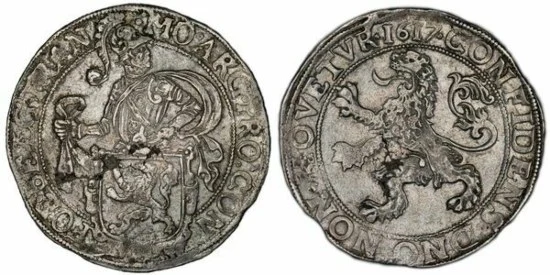
- From 1680 to 1795, the Dutch Republic introduced the gulden as its official currency. It was divided into smaller units called stuivers, and each stuiver was further divided into duiten.

- During the period from 1795 to 1815, when the French occupied the Netherlands, they introduced the French franc as the official currency.
- After Napoleon’s defeat, from 1815 to 2002, the gulden was brought back as the official currency of the Netherlands and remained in use for almost 200 years.

- During the German occupation in 1940, the guilder was temporarily replaced by the Reichsmark, the official currency of Nazi Germany. Following the war, the Dutch government reintroduced the guilder, which remained in circulation until the introduction of the euro.
- Since 2002, the euro has been the official currency of Holland and is used across the Eurozone. The Netherlands is one of 19 countries that use the euro as their currency.
From Precious Metals to Paper Currency
Originally minted in gold or silver, the guilder gained prominence as a stable currency for international trade. However, in the 20th century, the Dutch government made a significant shift towards a paper-based currency system.
Guilder banknotes and coins
The guilder was divided into 100 cents and featured various denominations. The 5-guilder coin emerged as the most commonly used currency in everyday transactions, while the 50 and 100-guilder banknotes were reserved for larger financial dealings.
Here you have some of the designs of the banknotes and coins:

The Legacy of the Guilder
Today, the guilder no longer circulates as legal tender, serving solely as a reference point for calculating historical prices. Despite its absence from the current monetary landscape, the guilder remains a captivating topic for those interested in the economic and political history of the Netherlands.
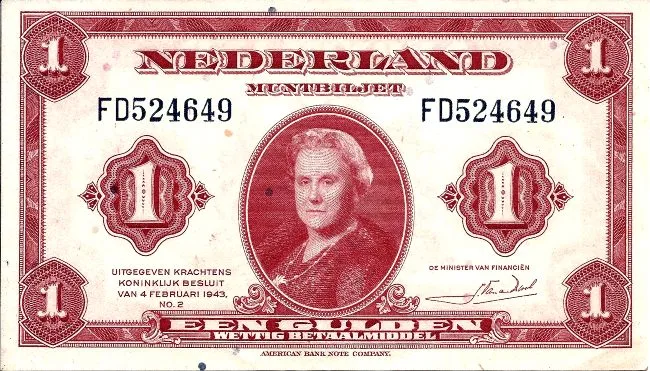

Buy and found old dutch money
If you want to buy Dutch money in US, it may be a challenge. There are a few options to explore.
- One option is to search online marketplaces such as eBay or Etsy for sellers who may have guilden for sale.
- A second option is to visit coin shops or antique stores that specialize in foreign currency. While it may be difficult to find old dutch money specifically, these stores may have other rare and unique coins that may interest you.
- Finally, you can try reaching out to coin collector clubs or online forums to see if anyone is willing to sell their guilden collection. These communities may have individuals who are willing to part with their coins for a fair price.
Overall, while it may not be easy to find in the United States, with some persistence, you may add some to your collection.
Conclusion: Unveiling the Monetary Tapestry
Comprehending the intricacies of Dutch currency before the euro is crucial for anyone fascinated by Europe’s monetary systems. The Dutch guilder played a pivotal role in the Netherlands’ economic and political landscape for over 750 years, leaving an indelible mark on the nation’s international trade endeavors.
While the euro now reigns supreme, the rich history of the guilder stands as a testament to the economic journey undertaken by the Netherlands.
From regional currencies to the guilder’s rise and eventual transition to the euro, the Netherlands’ monetary story provides invaluable insights into the nation’s past and its place within the broader European economic landscape.



